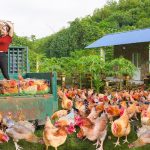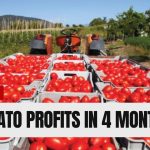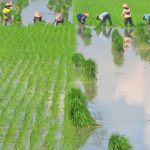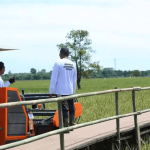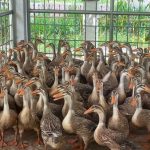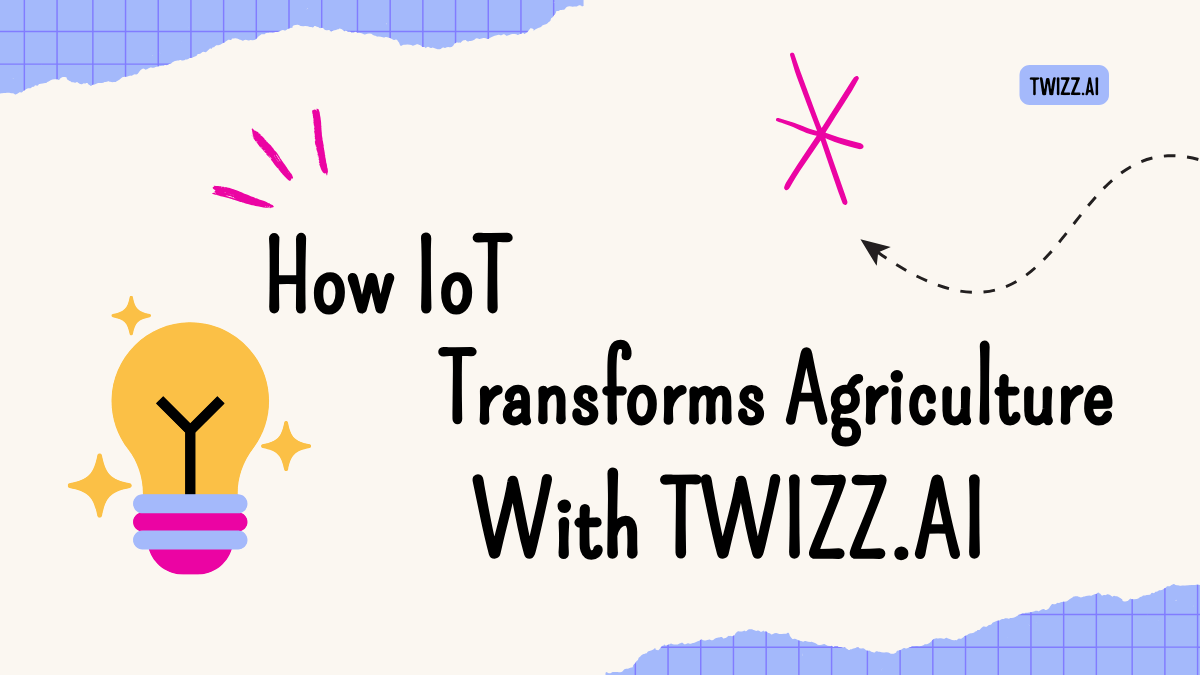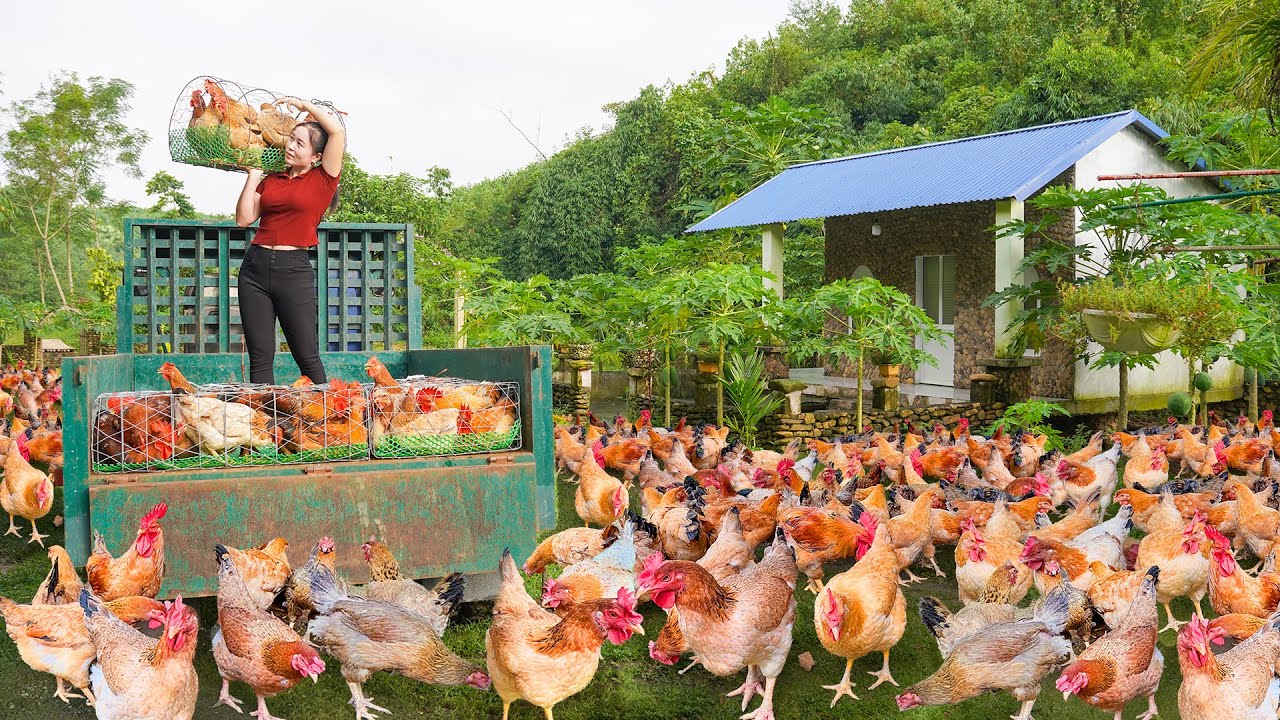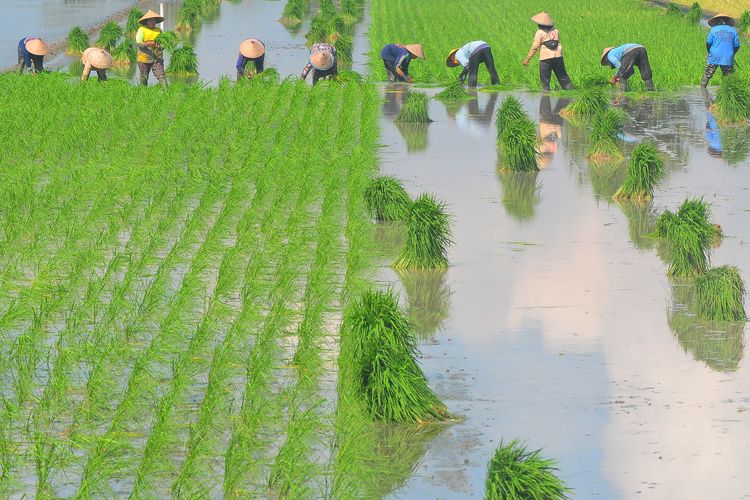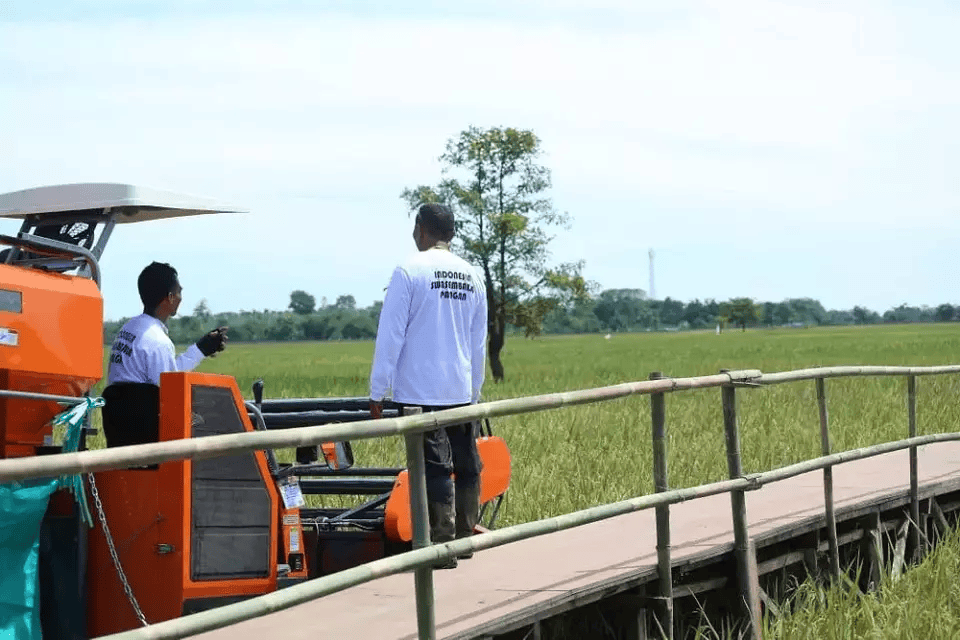The Role of IoT in Modern Agricultural Monitoring Systems
Revolutionizing Farm Intelligence
As agrarian operations confront climate volatility, dwindling water reserves, and mounting demand, the Internet of Things (IoT) emerges as a linchpin for data-driven stewardship. Embedding myriad smart devices from nanoscale soil probes to aerial drones harvests continuous, granular information. Such sensor networks transpose traditional rote scouting into a dynamic, hyperlocal intelligence grid, enabling farmers and agronomists to anticipate stresses and calibrate inputs with surgical precision.
Core IoT Components in Agriculture
Sensor Nodes and Edge Data Collection
IoT deployments begin with robust sensor arrays. Soil-embedded nodes measure volumetric moisture, matric potential, pH, electrical conductivity, and thermal flux. Aboveground, leaf-wetness sensors gauge dew onset; pyranometers record solar irradiance; anemometers capture micro-wind patterns. These devices communicate via low-power protocols (LoRaWAN, NB-IoT, Sigfox) to edge gateways that preprocess raw streams filtering anomalies, compressing data, and issuing immediate alerts before forwarding distilled metrics to cloud platforms.
Connectivity Infrastructure
Rural expanses once bereft of broadband now leverage private IoT networks, mesh topologies, and satellite backhauls. Mesh deployments enable peer-to-peer resilience: if one node or gateway falters, data reroute through adjacent links. Hybrid architectures blend terrestrial long-range radios for ubiquitous coverage and cellular IoT for bandwidth-heavy payloads such as high-resolution imagery.
Cloud Analytics and Decision Engines
Centralized servers ingest multimodal streams: sensor feeds, unmanned aerial vehicle (UAV) images, historical yield maps, and weather forecasts. Machine learning algorithms random forest regressors for yield prediction, convolutional neural nets for disease pattern recognition synthesize this deluge into actionable insights. Adaptive dashboards visualize geospatial heatmaps of nutrient deficits, stomatal stress, and irrigation needs, triggering automated or operator-initiated interventions.
Actuators and Automated Controls
IoT systems transcend mere observation. Electrically actuated valves modulate drip or sprinkler flow according to soil moisture thresholds. Fertigation units adjust nutrient concentrations in real time. In controlled-environment agriculture, actuators govern HVAC settings, supplemental lighting spectra (via programmable LEDs), and CO₂ enrichment, ensuring optimal photosynthetic quantum yields.
Benefits of IoT-Enabled Monitoring
Optimized Resource Utilization
By delivering water, fertilizers, and pesticides precisely where and when needed, farms can reduce overall usage dramatically up to 40 percent less water and 30 percent fewer agrochemicals mitigating environmental contamination and lowering input costs.
Enhanced Crop Health and Yield Stability
Early detection of anomalies from localized drought stress to nascent fungal outbreaks enables preemptive countermeasures. Studies indicate a 15 percent uplift in yield stability across seasons when IoT alerts guide timely canopy ventilation, foliar sprays, or variable-rate irrigation.
Labor Efficiency and Safety
Remote monitoring liberates agronomic teams from daily field treks, freeing them to focus on strategy, R&D trials, and value-added activities. Automated alerts also reduce exposure to harsh conditions and agrochemical application zones, improving worker health metrics.
Data-Driven Continuous Improvement
Longitudinal archives of sensor and yield data permit rigorous trend analyses. Farmers can compare cultivar performance, irrigation regimes, or soil amendments year over year. This evidence-based refinement accelerates the adoption of best practices and quantifies ROI on technology investments.
Story from the Field
On a 250-hectare vineyard in Mendoza, Argentina, vintner Lucia Ramos integrated soil dielectric sensors and UAV multispectral surveys. Early in the season, IoT analytics pinpointed zones of suboptimal water retention. Lucia deployed variable-rate drip modifications and cover-crop interrows to enhance infiltration. By harvest, grape sugar concentration rose by 8 Brix points and overall yield improved 12 percent proof that digital intelligence can elevate artisanal quality at scale.
Tips and Tricks for Expert Implementers
-
Pilot Zones for Calibration
Begin with a representative plot to fine-tune sensor placement, gateway density, and threshold settings. Validate sensor readings with manual sampling (gravimetric moisture tests, tissue nutrient assays) to ensure fidelity. -
Hybrid Connectivity Strategies
Combine mesh networks for low-bandwidth telemetry with LTE-M or 5G for high-resolution drone imagery. This hybrid approach balances cost, coverage, and latency. -
Edge Analytics for Resilience
Implement lightweight anomaly-detection algorithms on edge gateways to trigger local actuations (e.g., closing valves during pump failure) without cloud dependence. -
Interdisciplinary Teams
Forge alliances among agronomists, data scientists, and electrical engineers. Regular “data sprints” help refine predictive models and integrate domain expertise. -
Modular Expansion
Choose plug-and-play sensor platforms that support additional probes or actuators. Modularity simplifies scaling from tens to thousands of nodes as the operation grows. -
Continuous Model Retraining
Harvest season data should feed back into AI models to account for varietal changes, novel pathogens, and evolving climate patterns. Schedule quarterly retraining cycles.
Challenges and Mitigation Strategies
Data Deluge and Storage Costs
High-frequency sampling and UAV surveys generate terabytes per season. Employ data-retention policies: archive raw data to cold storage, retain only processed metrics in active databases, and utilize compression algorithms.
Energy Constraints in Remote Areas
Solar-charged battery packs can power sensor nodes, but long winter nights or dense canopies may limit recharge. Integrate hybrid power solutions (micro-wind turbines, microbial fuel cells) and low-power sleep modes.
Cybersecurity and Data Sovereignty
IoT endpoints can be vulnerable. Adopt end-to-end encryption (TLS), certificate-based authentication, and role-based access control. For multinational operations, deploy regional cloud instances to comply with data-localization regulations.
Technical Expertise Shortage
Rural areas often lack skilled technicians. Mitigate by partnering with agritech consortiums, hosting on-farm training workshops, and leveraging remote diagnostics via augmented-reality support.
Future Trends in Agricultural IoT
Swarm Robotics and Collaborative Drones
Emerging research explores fleets of mini-drones that coordinate via peer-to-peer protocols, enabling rapid, large–scale field surveys and concurrent multispectral plus thermal imaging.
Digital Twins of Farm Ecosystems
High-fidelity virtual replicas fed by live IoT streams will allow scenario testing (drought, pest outbreaks, market shifts) and virtual “dry-runs” of intervention strategies before physical deployment.
Integration with Blockchain Traceability
Linking IoT-verified field logs with blockchain can furnish immutable provenance records from seed to sale enhancing consumer trust and command-and-control during recalls.
Conclusion
IoT constitutes the nervous system of modern farms, translating silent physiological signals into lucid, actionable intelligence. Expert practitioners who master sensor networks, edge computing, and AI‐driven analytics will pioneer resilient, high‐yield systems that nimbly adapt to environmental flux. As farms evolve into intelligent, interconnected ecosystems, the role of IoT will only burgeon heralding a new agrarian paradigm rooted in data sovereignty and ecological harmony.
